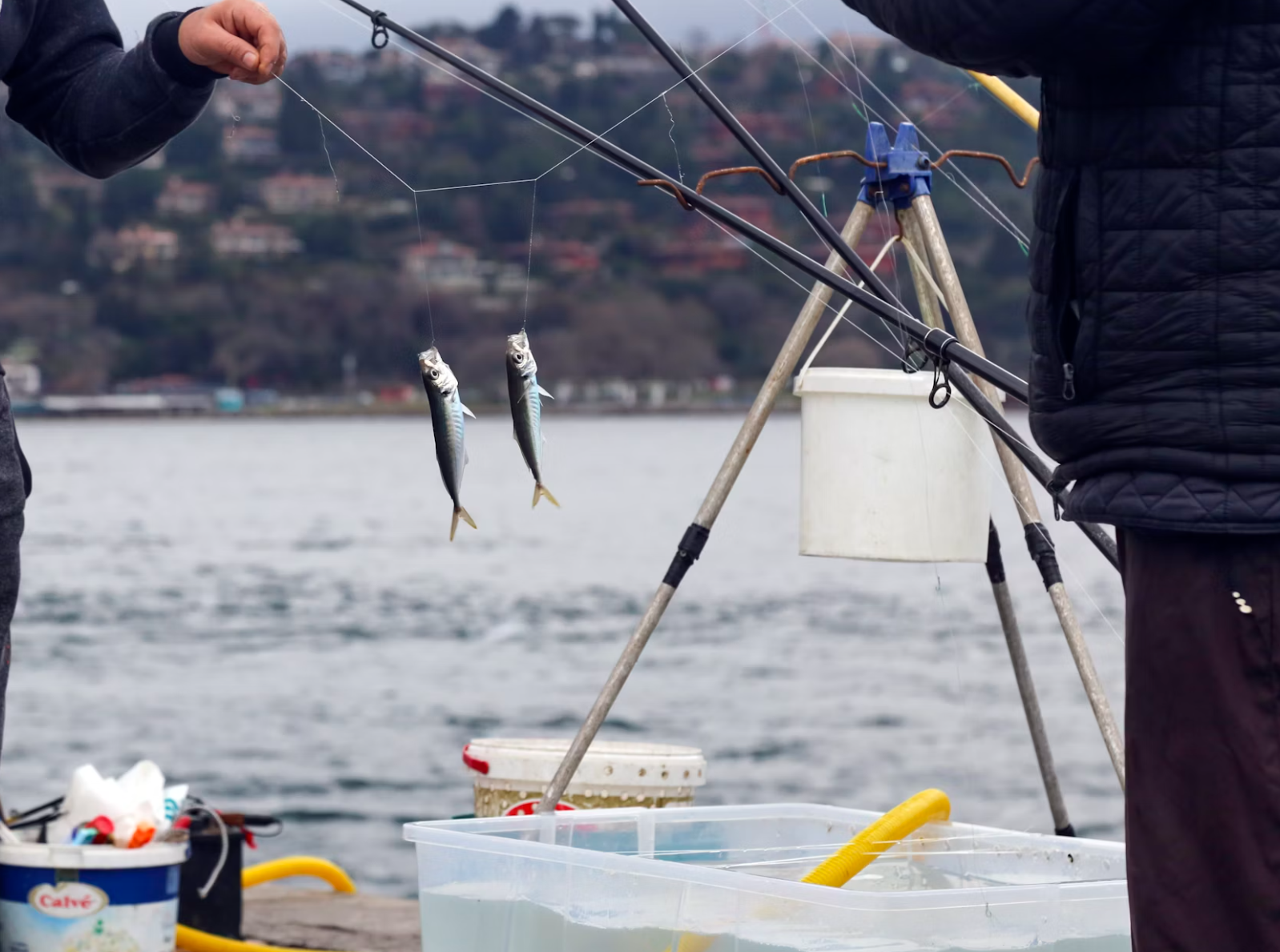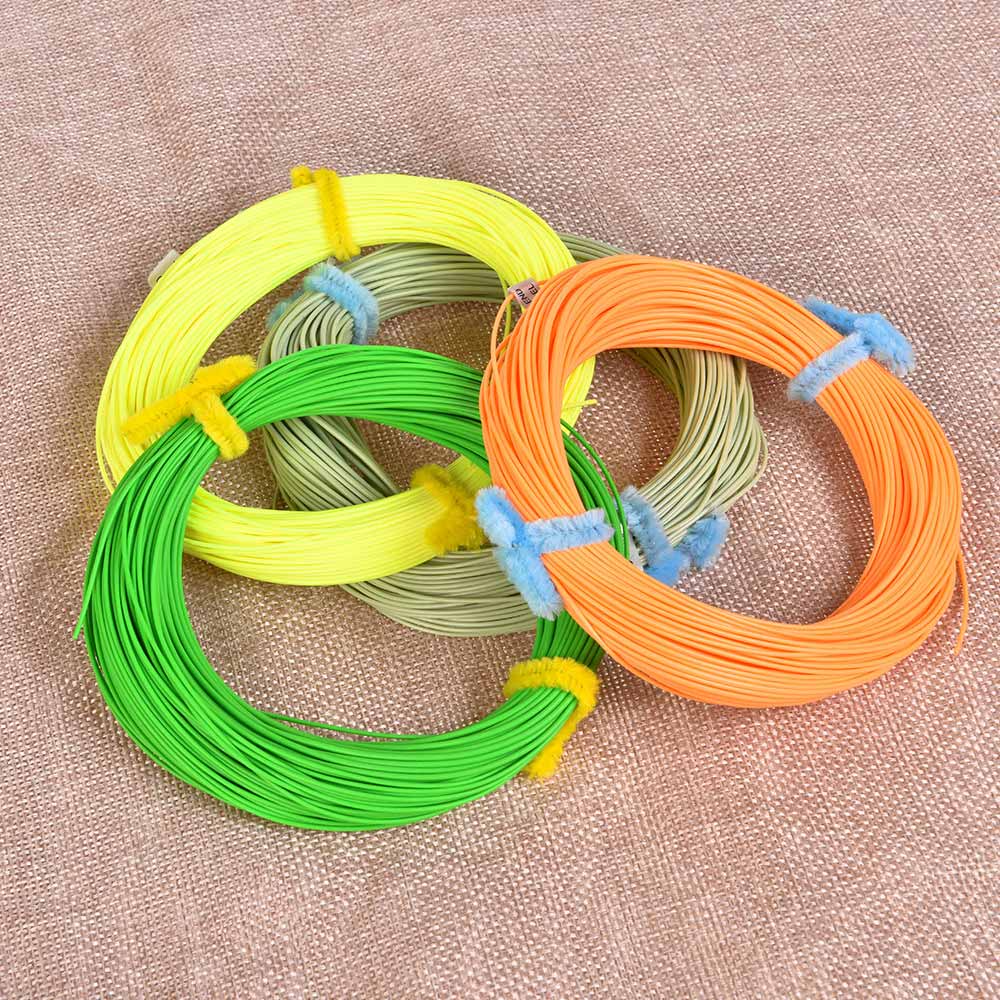When you go after large fish, the line you tie on matters more than you might think. It often decides if the fish ends up in your cooler or if it breaks away with one quick snap. Strength, stretch, and toughness all play a role. Many anglers learn this lesson the hard way after losing what could have been their personal best. It also helps to know who makes the gear. A company with years in the fishing trade often produces steadier products compared to a newcomer. One such company is Laike. Based in Tianjin, it has been building fishing tackle for over ten years and runs its own factory in Weihai. Their goods are shipped to more than twenty countries, including the United States, Australia, and Japan. They focus on stable supply chains and strict checks during every step. The company also supports services such as OEM and ODM for shops that want custom packaging or private labels.

What Makes Fishing Line Strength So Important for Big Fish?
Hooking a strong carp or a heavy catfish is different from catching a small trout. The pull is sudden, the fight is long, and the risk of line break is high. A weak line often cannot hold up to these challenges. That’s why strength becomes the first thing you should look at.
Breaking Strength and Durability
Pound test ratings give you a quick picture of how much weight a line can hold. When you chase a fish that can weigh 15 or 20 pounds, you need a line that matches. A product like the Strong Nylon String Fishing Line is built for this demand. It offers solid toughness while still being practical for daily use.

Resistance to Abrasion and Water Conditions
Large fish rarely swim in open clean water. They often hide around rocks, logs, or weed beds. A line rubbing against rough surfaces can fray and snap. This is where abrasion resistance comes in. A line with high abrasion resistance handles saltwater, sand, and even shells better. Many anglers say that reliable testing and close quality checks are the only reasons they can pull out a heavy fish without gear failure.
Shock Absorption and Stretch
One detail that often gets missed is shock. When a fish makes a sudden run, the impact can cut through a stiff line. Nylon has a natural stretch that works like a spring. It takes the shock, spreads it out, and keeps the fish connected. That extra stretch is the quiet reason why some anglers land trophy catches while others lose them right at the boat.
Which Type of Fishing Line Works Best for Heavyweight Species?
Not all lines are built for the same task. Choosing the wrong one leaves you at risk of snapping off or tiring out too soon. The right one gives you control from start to finish.
Nylon Monofilament Fishing Line
This is the classic choice. It is flexible, simple to use, and costs less. Many anglers still prefer it for freshwater fishing because it is steady and forgiving. The Strong Nylon String Fishing Line is a good example of this category. It combines strength with just enough give to handle the runs of larger fish.
Braided Fishing Line
Braided lines are thin yet very strong. They cut through water quickly and let you spool more length on the reel. That matters when you target fish far offshore. But the lack of stretch means every move of the fish comes right back to your rod. Without skill, it can lead to snapped lines. Some anglers like this “direct feel,” while others find it too harsh.
Fly Fishing Line
Fly fishing is its own world. When you target salmon or trout, the line itself carries the fly, not a heavy sinker. The Fly Fishing Line has a forward weight that makes long and accurate casts possible. It also comes with welded loops, so setting up is faster. In fast-moving streams, that detail saves time and reduces errors.

How to Choose the Right Fishing Line Based on Fishing Environment?
Where you fish often matters just as much as what you fish for. Different waters create different risks and demands.
Freshwater Rivers and Lakes
In lakes and rivers, nylon lines often work well. They give you flexibility when pulling out carp, bass, or pike. The stretch helps when a fish dives into cover, and the cost makes it easy to replace if damaged.
Saltwater and Offshore Fishing
Saltwater is tough on all gear. It wears down metal and weakens poor-quality lines. You need a line that resists corrosion and still holds strong after long hours in rough seas. Some anglers even rinse their lines with fresh water after every trip. That small habit extends the life of the line and keeps it ready for the next outing.
Fly Fishing in Streams
Streams require accuracy. Fish often stay near rocks or under shade, and you need to place the fly close. A fly line with the right taper gives you this control. In clear waters, fish notice mistakes quickly, so the right line makes the difference.
Why Should You Trust Laike for Big Fish Fishing Line?
Fishing lines may look similar, but the maker behind them often decides if the line works or fails.
Decades of Industry Experience
A company with more than ten years of fishing tackle experience knows the daily problems anglers face. This history builds trust and also leads to better design choices. A new brand may offer lower prices, but consistency comes with time.
OEM and Customization Services
Shops and distributors often want products with their own logo or packaging. Custom options help them stand out in crowded markets. Having OEM and ODM support means you can order products that fit your local demand without building a factory yourself.
Global Recognition and Reliable Supply Chain
Exporting to more than twenty countries is no easy task. It requires stable logistics and constant supply. Anglers and shops rely on steady shipments, especially during busy seasons. When a supplier already works with partners worldwide, you know they can handle orders of any size.
What Are the Best Products for Big Fish Anglers?
When it comes to specific recommendations, a few products work well for anglers who target larger species.
Strong Nylon String Fishing Line
This line gives you strength, stretch, and abrasion resistance. It works both in freshwater and nearshore saltwater conditions. Many anglers use it as their standard choice for carp or pike.
Fly Fishing Line
This line is made for casting distance and control. With welded loops and a weighted front, it is suited for salmon, bass, and trout. For anglers who want to master fly fishing, it is a key tool.
Other Options from the Catalog
The catalog also lists braided lines, fluorocarbon leaders, and wire leaders. Each serves a special role, from saltwater trolling to precise jigging. Having access to this wide range helps you pick exactly what you need.
FAQ
Q1: What pound test fishing line is best for big fish?
A: For freshwater species, anglers often use between 15 and 30 pounds. For offshore targets, higher ratings are better.
Q2: Is nylon better than braided line for beginners?
A: Yes, nylon is easier to handle and more forgiving. Braided requires more skill.
Q3: Can fly fishing line be used for saltwater fish?
A: Yes, but it must be designed for saltwater to handle strong fish and corrosion.




